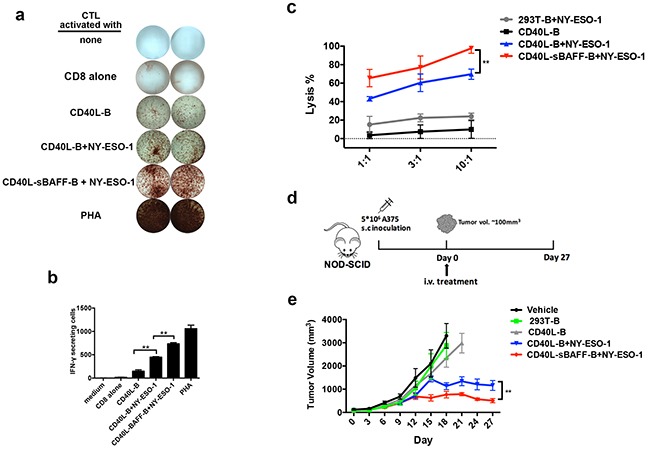Figure 7. In vivo efficacy of autologous CTLs educated by CD40L-sBAFF-B cells pulsed with NY-ESO-1 in NOG xenograft models.

In order to present tumor-antigen to CD8+ T cells, B cells were incubated with NY-ESO-1 (20 ng/ml) for 12 hours, followed by irradiation and co-culture with autologous CD8+ T cells at a T: B ratio of 3:1. After a week, CD8+ T lymphocytes were harvested, washed and co-cultured with B cells for another 7 days. a, b. Representative results of IFN-γ production produced by the B cell-educated CTLs. The IFN-γ production was measured by ELISPOT assay. c. The B cell-educated CTLs were mixed with the NY-ESO-1 expressing melanoma cell line A375 at different E: T ratios. The cell lysis rate was measured with LDH-release assay. d. The strategy of in vivo experiment: NOD-SCID mice were engrafted with A375 melanoma cells (5 × 106) and randomly allocated to five groups which were designated as treatment or control group. Mice were intravenously injected with autologous CTLs educated by NY-ESO-1 pulsed 293T-B cells, NY-ESO-1 pulsed CD40L-B cells, NY-ESO-1 pulsed CD40L-sBAFF-B cells or unpulsed CD40L-B cells. N = 8 mice per group. e. Injection of tumor-specific CD8+ T cells educated by NY-ESO-1 pulsed CD40L-BAFF-B cells effectively inhibited the growth of A375 tumor xenografts in mice. P < 0.01 after twenty days. Mann-Whitney U-test was used.
